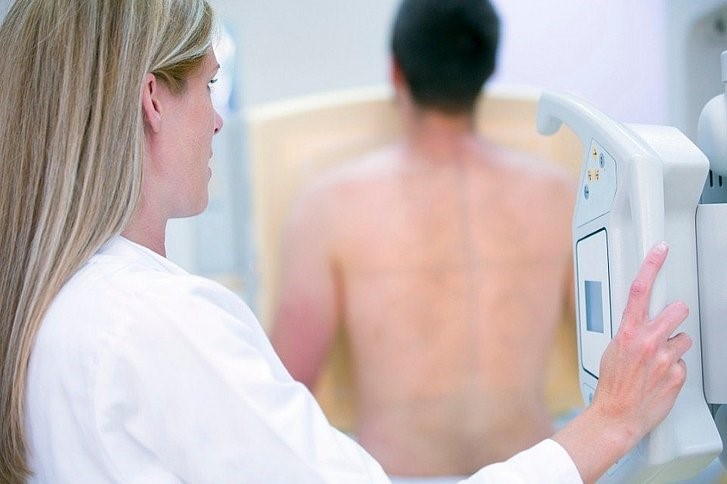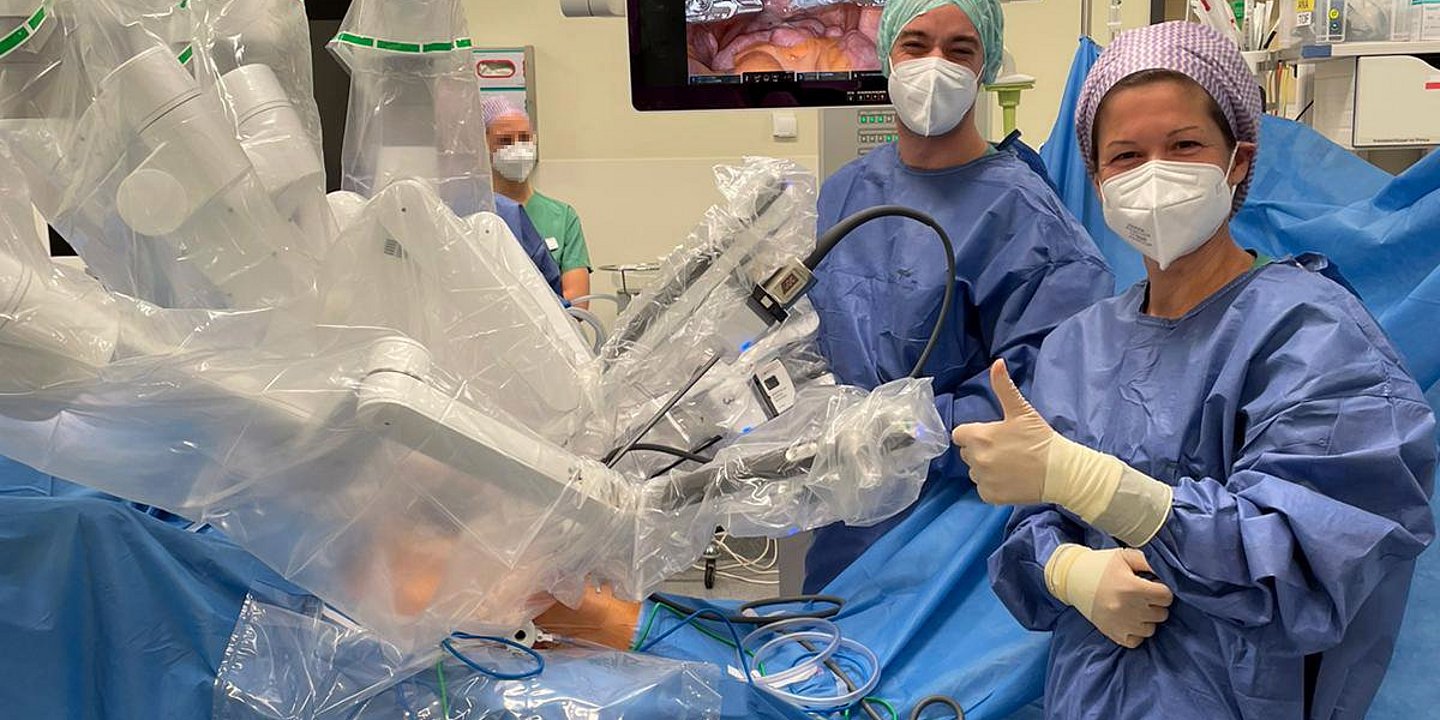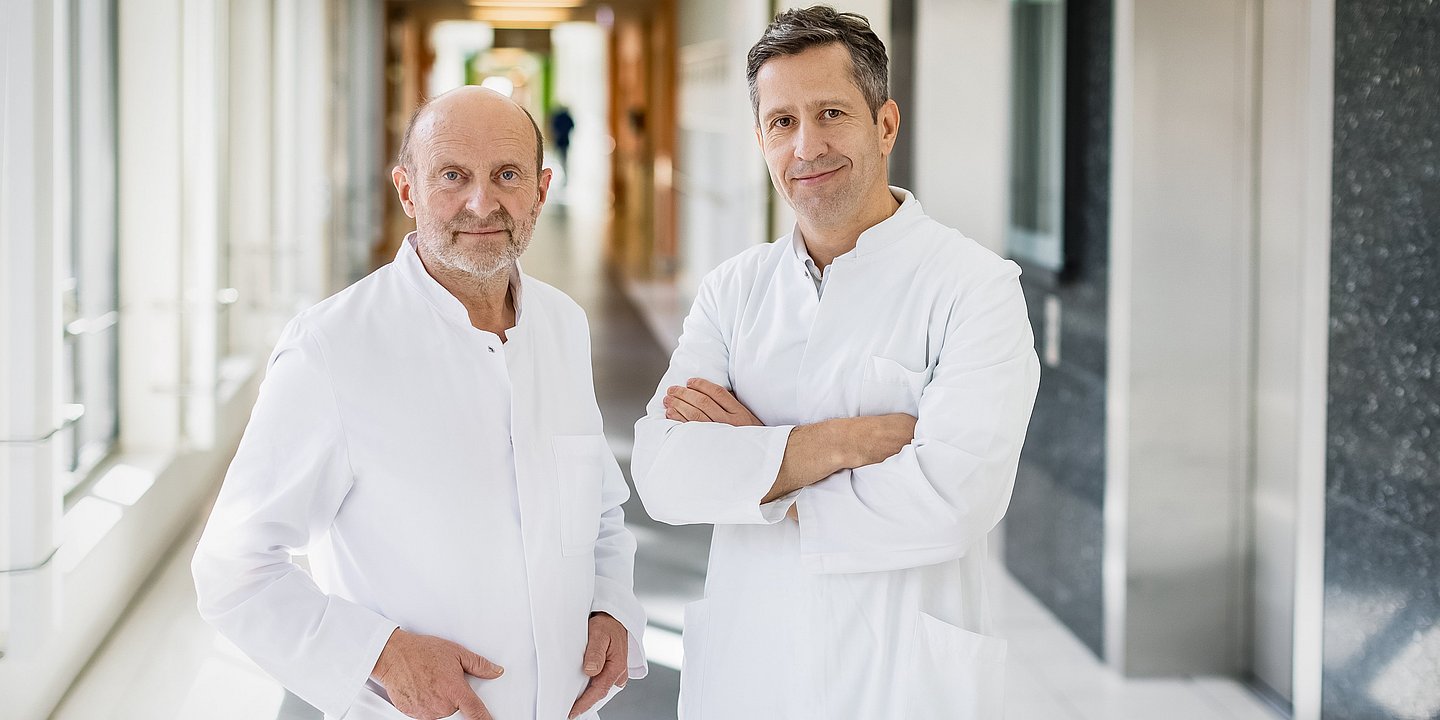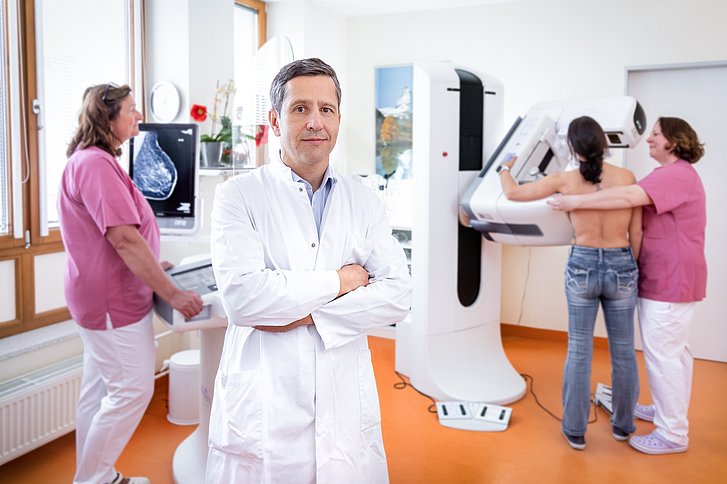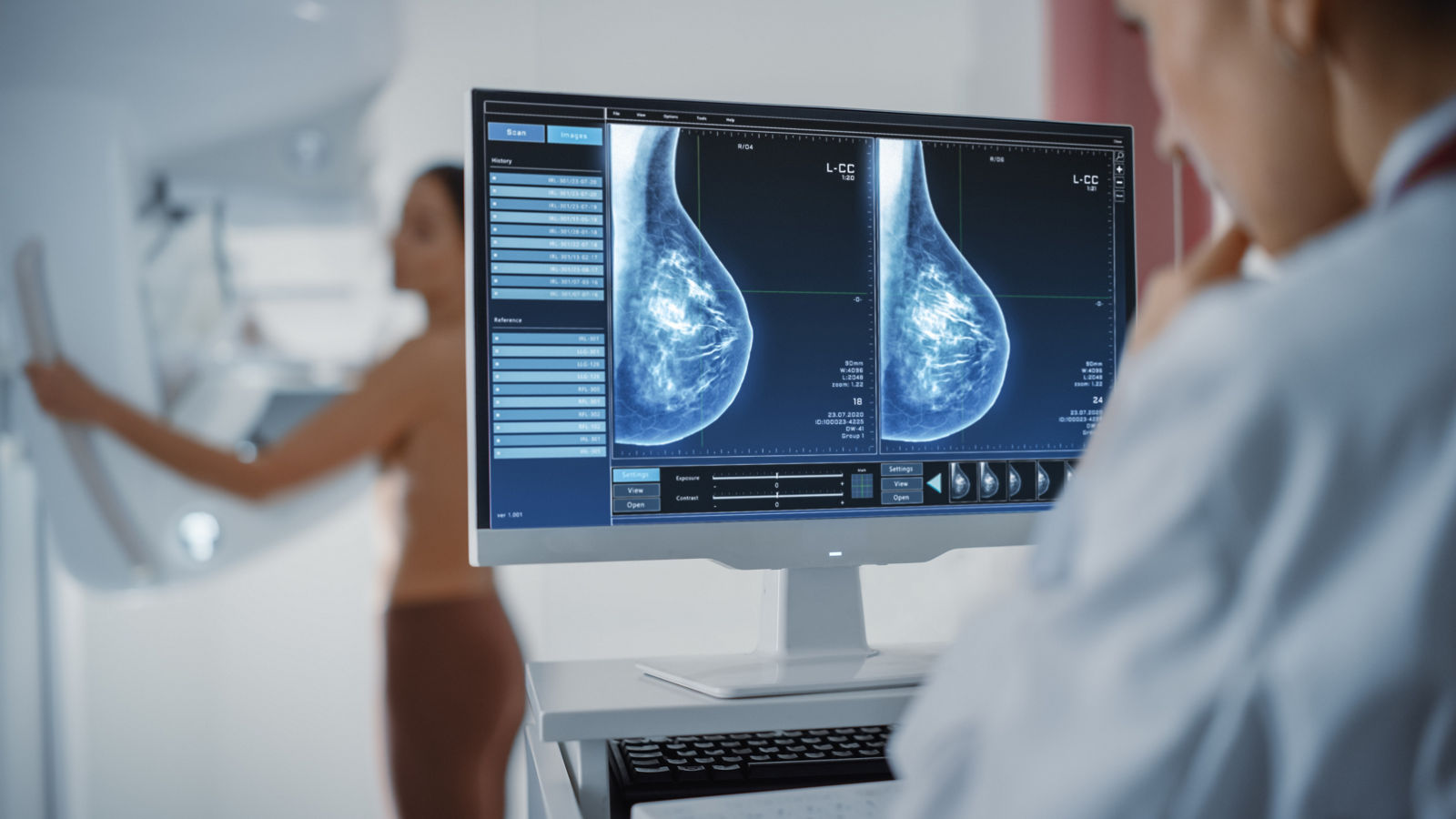
Mastectomy: Information on breast removal
70 to 80 percent of all tumors can be treated with breast-conserving surgery. However, if the tumor is very large and malignant, affects the skin or forms several tumors in different areas of the breast, a mastectomy is usually performed.
What is a mastectomy?
The procedure is most commonly performed when a patient is diagnosed with breast cancer. "The term mastectomy describes the complete removal of the mammary gland in women or men," says Dr. Anja Merte, Senior Physician and Head of the Breast Center at Helios Klinikum Erfurt. In many cases, the skin can be preserved, in some cases even the nipple, which should be taken into consideration for various forms of breast reconstruction.
Mastectomy is also commonly referred to as amputation of the breast, mastectomy or, in specialist circles, ablatio mammae.
When is a mastectomy performed?
"In principle, breast-conserving therapies are used in the majority of cases of malignant breast tumors today. One reason for this is that breast cancer is often detected at an early stage thanks to well-developed screening networks," says Dr. Merte. In around 20 to 30 percent of patients, complete removal of the breast cannot be avoided.
Indicators that make a mastectomy necessary:
- Very large and/or inflammatory breast cancer
- extensive precursors of breast cancer (DCIS)
- Multiple tumor foci in one breast (multicentric breast carcinoma)
- At the patient's request
- Concomitant diseases that make chemotherapy and radiotherapy impossible
- Chest skin is affected
- Tumor could not be completely removed during previous surgery, breast conservation not possible during follow-up surgery
- A prophylactic mastectomy can be performed if a genetic defect with an increased risk of breast cancer is detected. A prominent example of this is the actress Angelina Jolie. She attracted a great deal of media attention a few years ago when she made this decision public.
Mastectomy also for men
Between 600 and 700 men are diagnosed with breast cancer every year. They therefore account for around one percent of all breast cancer cases. Accordingly, a mastectomy is also possible in men. In these cases, the doctor usually opts for a simple or modified radical mastectomy.
In addition to malignant disease, abnormal breast growth in men is also treated with a mastectomy.
What needs to be considered during a mastectomy?
The experts, especially at the centers certified by the German Cancer Society, discuss the procedure together as a medical team, for example in so-called tumor conferences or tumor boards. This is followed by a consultation with the patients themselves. Patients do not always want breast reconstruction. And breast reconstruction is not always possible. Individual discussions bring clarity at this point.
In addition, all patients have the opportunity to obtain a second opinion.
What is done during a mastectomy?
"During a radical mastectomy, the surgeon removes all of the glandular tissue. The overlying skin, the nipple and the connective tissue skin are also removed," explains Dr. Merte.
If the breast is to be reconstructed, skin (skin sparing) and/or nipple (nipple sparing) can be left in place. However, this is only possible if the skin and nipple are not affected by the tumor.
Various procedures are available for breast removal:
- Simple mastectomy: The entire mammary gland with the overlying skin and nipple is removed. The lymph nodes in the armpit are left in place.
- Skin-sparing / subcutaneous mastectomy: The mammary gland is removed while preserving the overlying skin and nipple.
- Modified radical mastectomy: removal of the entire mammary gland with the overlying skin and nipple and removal of lymph nodes from the armpit.
- Radical mastectomy: In addition to the breast, the large and small pectoral muscles and the lymph nodes in the armpit and around the breastbone are removed. However, doctors do not use this method nowadays.
After the operation: What should I bear in mind?
The duration of recovery generally depends on the clinical picture or other necessary treatments and therapies. In general, those affected should take it easy for around two to four weeks.
Immediately after breast removal, patients should follow the doctor's instructions.
Note after the operation:
- Gentle, but no gentle posture
- Avoid physical exertion (heavy lifting, jerky movements, etc.) for six to eight weeks
- Women should wear special bras and epithesis if necessary
- Breast prostheses are silicone molded cushions. They are not implanted but worn on the surface of the body. They mimic the shape and weight of the normal breast and are either inserted into the bra or glued to the chest wall with adhesive.
- Abstinence from nicotine (especially after reconstruction)
Preventing lymphoedema
As the lymph nodes in the armpit are often also removed, this can lead to drainage problems and thus to fluid accumulation in the tissue of the arm.
Patients should:
- Raise arm with pillow
- If possible, stretch out your arm and position it at a slight angle to your upper body
- Avoid tight clothing
- Avoid exposure to excessive heat (sauna, sunbathing)
- Avoid strain on the arm
What are the risks of a mastectomy?
- Bruising and accumulation of wound fluid
- Wound healing disorders / infections
- Lymphoedema
- Psychological stress, especially in women, due to the altered appearance of the body
- Nerve injuries
- Excessive scarring
- Psychological stress due to a changed body image
Breast reconstruction: What options are there?
The breast can be reconstructed immediately or in a second operation, using material or tissue from the patient's own body or from another body source.
Each procedure has advantages and disadvantages, which are discussed individually with each patient:
- Foreign material
- Breast implants: Molded silicone-filled cushions are inserted under or over the large pectoral muscle, possibly in combination with a mesh.
- Expander: An expandable prosthesis is inserted under or over the large pectoral muscle and replaced with an implant after stretching the skin.
- Endogenous material
- Flap plastic surgery: In these plastic operations, tissue from other parts of the body (back, abdomen, buttocks) is transferred to the chest wall and formed into a new breast. Doctors differentiate between pedicled and free flap plastic surgery.
"Breast reconstruction can have both psychological and physical reasons. A woman's body image changes when a breast is missing and this can be stressful for those affected. However, a reconstructed breast is not quite the same as a natural breast. They are less sensitive,"
says Dr. Anja Merte.

